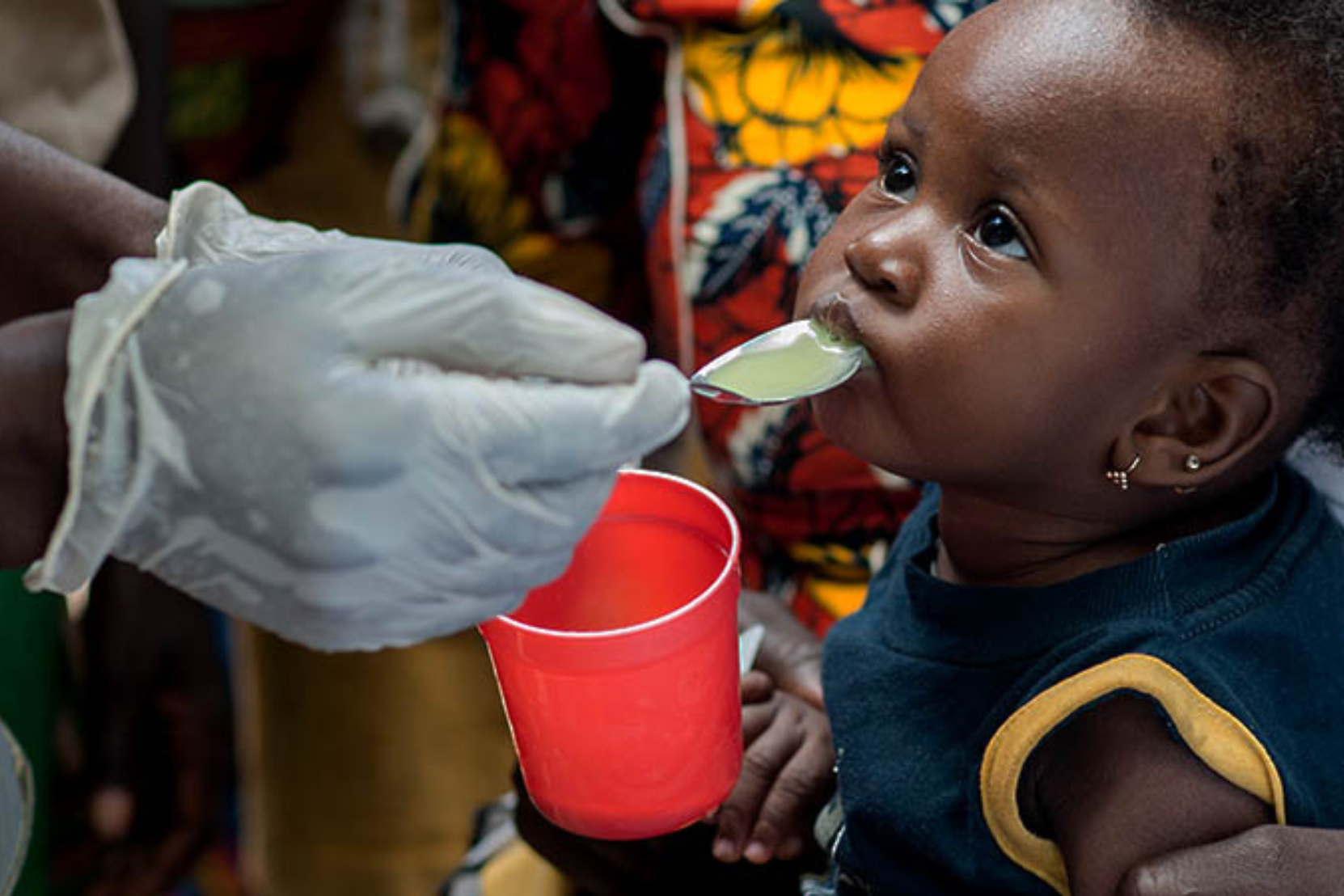This is Part I of a three-part blog series on how to achieve our giving goals. Read also Part II and Part III.
How many people wake up in the morning and say to themselves any of the following:
“I’m so glad I am overweight.”
“Thankfully, I am not following my physician’s advice.”
“Yelling at the kids was exactly how I wanted to handle the problem.”
“Driving to work instead of carpooling or taking public transportation will certainly help overcome global warming.”
“I am so happy that I bought another sweater that I don’t really need rather than donating that money to poverty-fighting charities.”
“Absurd,” you are thinking to yourself. “Nobody would ever say, or think, any of those things.”
Yet, two-thirds of Americans are overweight or obese; seventy-five percent do not take their medicine as prescribed. Almost everyone yells at their kids sometimes, even though we know how ineffective and potentially harmful it is. Most of us engage in numerous avoidable behaviors that contribute to environmental destruction, and we all know how easy it is to spend money on superfluous items instead of donating to charity.
In critical areas of our lives, there is frequently a contradiction between how we want to behave and how we actually behave. This contradiction between our behavior and our values and goals is a “normal” phenomenon, consistent across peoples and many behavioral domains. Yet although it is “normal,” our failure to live up to our values and goals often results in serious consequences, endangering ourselves, others, and the planet.
We all know from observation, as well as from personal experience, how easy it is to fail to stick with a new plan of action, sliding back into old patterns. However, we also know that many people are able to break away from this semi-instinctive avoidance of consistent “model” behavior; they manage to restructure parts of their lives by following new guides and guidelines. These people possess a rare combination of a deep desire to change, and a stick-to-it “willpower.” We often hear about people who transform their lives by joining weight watchers or Alcoholics Anonymous, or by outlining a detailed financial plan to get their personal spending habits in order and gain financial freedom.
But one area that has not been thoroughly examined regarding such successful behavior modification is philanthropy. In particular, there is a disconnect for many of us between the supreme moral value we place on human life and the way we are able to tune out awareness of the millions of people globally who are caught in a downward spiral because they had the misfortune to be born into extreme poverty. In principle, we feel all people deserve a chance to have a happy, healthy life, yet we turn a blind eye to the 702 million people who live (or try to live) on less than $1.90 per day. These men, women, and children face suffering and even death as a result of conditions and diseases that have long ago been eliminated in the developing world. Every day, 16,000 children under the age of five die from preventable illnesses caused by extreme poverty.
If so much morbidity and mortality are preventable, why don’t we do something to prevent these needless deaths? If so many people believe that it is a moral imperative to save and improve the lives of as many fellow humans as possible, why don’t we do more to make that happen? Our values and our charitable behavior seem polarized. This is a divide–literally and figuratively–that I believe many would like to bridge.
As with most improvement endeavors, a valuable first step is recognizing the problem and understanding why it exists.
The issue is not that donors in developed countries are not generous. Americans gave an estimated $358.38 billion in private donations to charity in 2014. However, only 4 percent of that went overseas, even though that is where poverty is most dire, and where charitable dollars go the furthest.
Despite such a low international giving rate, great progress has been made: extreme poverty has fallen from 36 percent in 1990 to less than 10 percent in 2016. So imagine what could be accomplished if we could move the needle even just a little, to 5 percent or 6 percent.
The problem is that the impulse many of us would have to help our fellow humans in less developed countries is often blocked by a number of “normal” mental obstacles.



